There is an advertisement that is played with great frequency on television in Dhaka, Bangladesh. Even without the language, the imagery is powerful and vivid; the meaning seems unambiguous. In the setting of a sparklingly clean, modern kitchen, a young pregnant woman goes to drink a glass of what appears to be clean water. Immediately, a grandmother figure rushes forward, panic written across her face. She reaches out and knocks the glass from the young woman’s hands just at the very second she is about to take a sip. This dramatic moment is intensified by the grandmother waving her finger, admonishing the daughter for the risk posed to the unborn child by drinking the water. The finger wagging is explained with graphic images of what is really in the water—the very water that might be in the glass—with images of large-scale industrial pollution and human waste pouring into the natural waterways. The message is clear enough—the water in Dhaka is so contaminated that it cannot be trusted to be pure. The solution is equally clear—buy a high-tech water purification system.
This advertisement touches many raw nerves. It seems to be a clear recognition of the state of the natural water systems on which the city of Dhaka depends. At the same time, it is an acknowledgment of the apparent implausibility of collective action to address such a fundamental problem, and one with such far-reaching consequences. The response to environmental degradation is classic neoliberalism—individualist and market-based.
But this is a response that also represents an enormous gulf between those that can act in this way, and the many millions who cannot. Dhaka stands out for the staggering numbers of people living in its slums, the vast majority of whom do not have access to basic urban systems and services, or—where they do have access—those systems and services come at a price that creates a disproportionate financial burden on their meager and uncertain incomes. The quality of such services is often at a basic or unacceptable level.
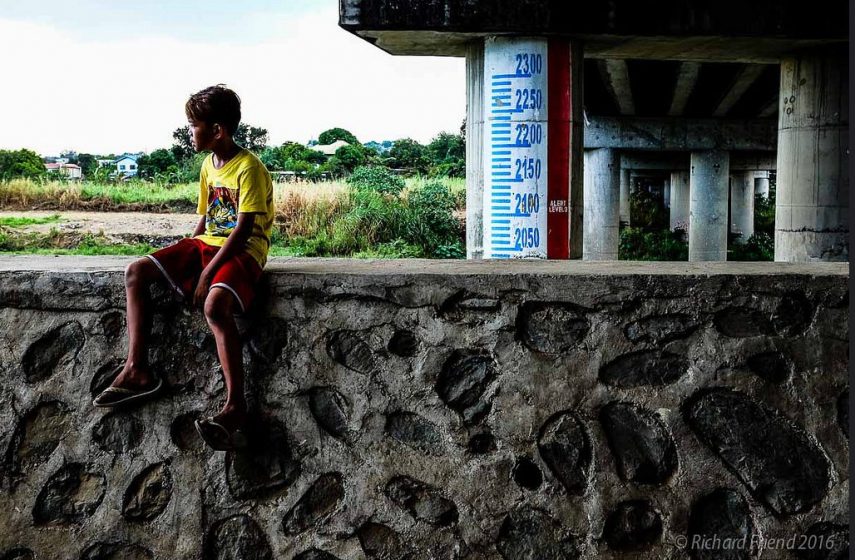
This lack of access to affordable, quality systems and services is perhaps most obvious in terms of water and sanitation. Despite efforts of NGOs and civil society groups, the vast majority of slum dwellers do not have access to toilets. Even when they do gain access to toilets—largely as the result of NGO interventions—over a hundred people have to queue for one toilet. Even such limited access is a huge mark of progress, particularly for women and girls, and especially when they gain access to a toilet that does not have to be shared with men.
Despite such progress, the scale of the deficit remains enormous, not only in Dhaka but across South Asia’s growing cities. And provision of toilets does not always address the ecological and social inequities associated with managing the waste. The drains and water supply pipes come together, causing waste and water to mix. Toilet waste is often emptied onto public lands and into public water bodies, further contributing to the wider ecological deterioration of water systems. This problem becomes the responsibility of a particular caste—a marginalized group of people whose profession is clearing out the human excrement from toilets by hand. This is gruesome stuff: climbing through the pipes, sewers, and pits of the cities’ toilets. The injustices of human shit are both ecological and social.
While the challenges of water and human waste are dramatic in Dhaka, similar stories occur across Asia—India, Pakistan, the Philippines. Water and excrement are the more dramatic side of a broader story that has wider resonance. Across Asia, critical urban systems are often dependent on deteriorating ecological conditions and use infrastructure that was been built in a different time, for different purposes. Demand on these systems is increasing, and increasingly they are failing, while the impacts of climate change—or, to be more accurate, climate variability and uncertainty—become all the more acute.
Again, water illustrates the impacts of climate variability. But it is not only the cities of South Asia that exemplify these challenges. Thailand has being going through an intense drought that began in the 2014-2015 dry season, but has intensified through the last year. The rainy season of 2015 brought far less rain than “normal” years, leaving the large reservoirs that supply water for irrigation, industry, and domestic use at record lows. Once again, farmers have had to make sacrifices for the greater urban good, being forced to abandon irrigated crops. Some critical urban infrastructure has also failed—the main public hospital in Khon Kaen, one of the largest cities in the northeast of Thailand, has had to truck water in to meet its needs, as the reservoirs that supply the city have dried up. Less than five years after an historic flood, Thailand is experiencing an historic drought and temperatures that have beaten the records of the last 65 years.
The failure of urban systems and of the institutions responsible for their management is quite staggering. Perhaps even more staggering is the lack of public discussion around these issues. That is not to say the drought and the heat wave do not get any media coverage. The drought has appeared for several months as a story about the plight of farmers, with an occasional footnote about the potential risk to cities. There was brief coverage about “panic buying” of water in shops. Yet, surprisingly, there has been little effort to raise awareness among water users, encouraging them to reduce their use and conserve supplies, or to have a more in-depth discussion of the root causes of this crisis and its place in a longer historical storyline of shocks and crises.
The urban story about heat has also emerged over the last few weeks. This time of year is always hot, and the Thai New Year, with its tradition of pouring cooling, scented water over the shoulders of elders as a mark of respect, is a cultural response to the peak of the hot season. But again, media coverage of the current heat has been superficial. As with water in Dhaka, the most widely observed adaptation strategy of urban people to heat has been to take advantage of the only public space available: the private, air conditioned shopping malls that push conspicuous consumption on those just trying to cool down. But even these kinds of actions to deal with the heat are not open to all, and come with conditions.
Most disturbingly of all, the connections between the drought and heat wave and climate change are hardly mentioned. Current coverage attributes the drought and heat wave to the El Niño phenomenon (although no action was taken ahead of this year’s El Niño), as if this year is a one-off. Even as the Prime Minister was signing the Paris Agreement, and as Earth Day passed, discussion of climate change seemed to be far from the popular media.
Herein lies a fundamental problem as we look to the future. We know that unless urbanization of the future is very different from current trajectories—especially for a region such as Asia, which is urbanizing rapidly—that our chances of meeting the objectives set out in Paris are extremely limited. We also know that current patterns of urbanization are likely to intensify inequalities and social differentiation. And yet, the “new urban agenda” is not even on the agenda. Not Dhaka’s, anyway.
There are political dimensions to this silence that are difficult to confront. The current military government in Thailand seems dead set on pushing infrastructure investment as a way of reviving the flagging economy. But the approach of the government is investment in old infrastructure that fits neither with with global climate trends, nor with today’s technological trends. The government’s plan demonstrates an almost instinctive propensity for large reservoirs and dams—even if they are to be located in protected forests. Energy demands for the growing urbanizing and industrializing areas are to come from large, coal-fired power plants—even if they are located in marine parks or tourist-dependent coastal areas.
As this pattern of infrastructure investment occurs, the political space is tightly constrained, with little opportunity for public participation and consultation. The government has promised to use the special powers that it granted to itself to push these mega-projects, so that it does not have to abide by legal requirements for environmental and health impact assessments. The advances in environmental legislation are being jettisoned, with Environmental Impact Assessment framed as a meddlesome procedural step that slows down investment. And those who stand up for the concerns of local citizens and of the environment risk being placed on a blacklist. The political pressure on environmental activists and the dilution of already weak environmental legislation certainly is not unique to Thailand. Across Asia, similar trends are unfolding, with the possible exception of Myanmar.
It seems that even while the combined effects of climate change, environmental degradation, and social injustice are more in evidence now than ever, the overall direction of responses is a toxic combination of individualist, market-based solutions, alongside growing, heavy-handed political oppression. The calls for solutions to the challenges of climate change uncertainty and risk to embrace participation, innovation, and informed dialogue amid polycentric, multi-scalar governance mechanisms seem all the more distant. This does not bode well for forging a transformative and inclusive urban future.
It is difficult to imagine how a new urban agenda might be forged without the collective effort of urban citizens; it certainly does not appear that either states or markets left to their own devices will be capable of forging such a transformative future.
Richard Friend
Bangkok

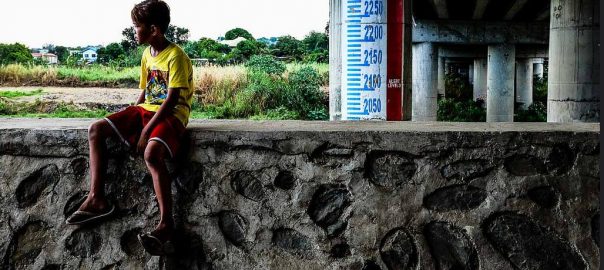






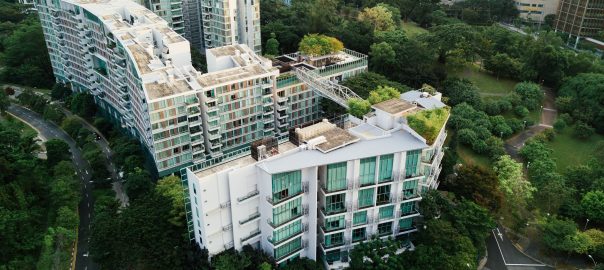
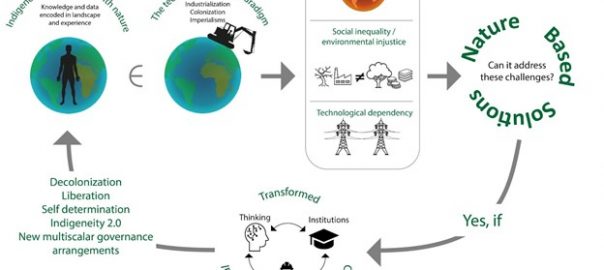
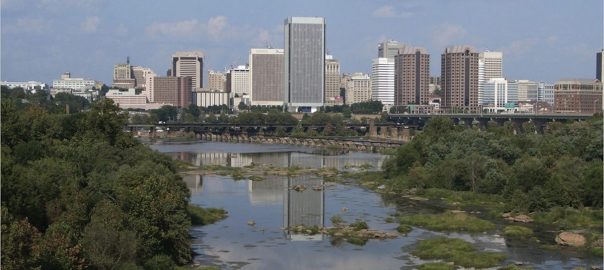
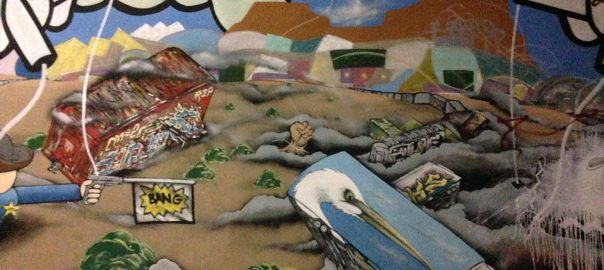
Add a Comment
Join our conversation